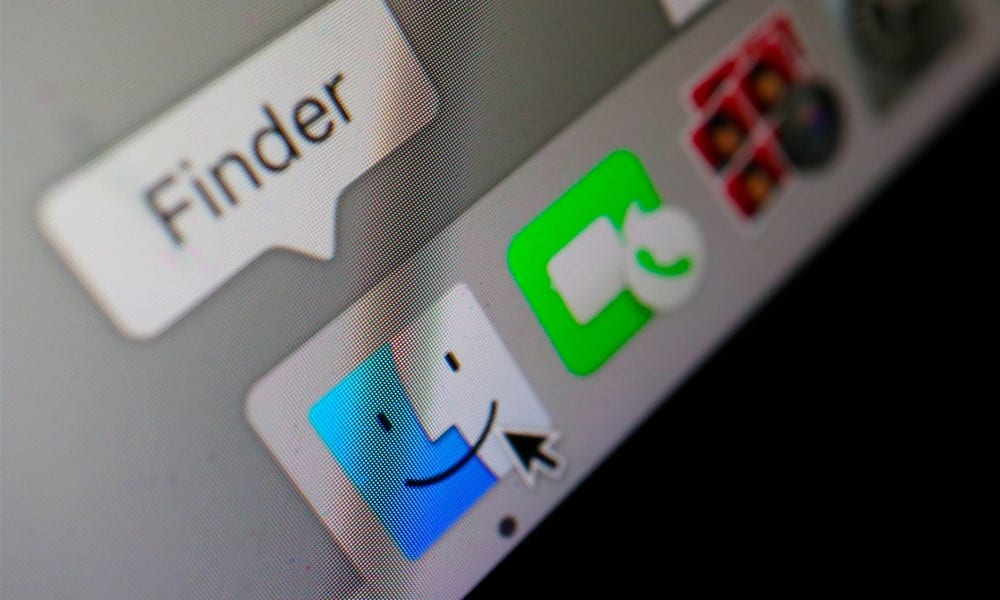

How do I get my taskbar back to the bottom of my screen? Hold down the primary mouse button, and then drag the mouse pointer to the place on the screen where you want the taskbar.To move the taskbar from its default position along the bottom edge of the screen to any of the other three edges of the screen: Drag the white bar across to the other monitor you want to set as the new primary display for your Mac. Click and hold the white bar at the top of the current primary display, this white bar represents the menu bar on your desktop. How do I show desktop icons on all monitors Mac?Ĭlick on the Display icon. Why is my taskbar in the middle of the screen? Why does the taskbar move on its own? The most common cause for the taskbar to show up on an odd edge of the screen is that it was unlocked (which allows for this kind of movement), and somehow this click-and-drag approach mistakenly happened.

If you want to display the taskbar on your second device, slide the “Show taskbar on all displays” option to “on” and the taskbar will appear on both devices. Let’s look at the multi-display settings that can be found here. Right click on the taskbar and select “Settings” to display the “Settings > Taskbar” menu. How do I put the system tray on all monitors? The taskbar should then jump to the side of the screen you have chosen. Next, scroll down until you get to the “Taskbar location on screen” area and use the menu to select your preference: Left, Top, Right or Bottom. Other icons will step aside to make space for it.Īt the top of the Taskbar Settings box, make sure the “Lock the taskbar” option is turned off. Holding down the left mouse button, drag the icon into your preferred position on the menu bar.Hover your mouse cursor over the icon you want to move.Drag it to the second monitor and voila there you go! How do you move the menu bar on a Mac? If you already have auto hide enabled, you would instead see “Turn hiding off” option here.Right-click on the Taskbar. Press and hold Control key and click on dock separator, this will open up a menu, click on “ Turn Hiding On“. This shortcut make this feature on or off, if you have auto hide enabled this shortcut will turn off the auto hide and if you don’t have the option enabled then this will enable it. You can auto hide or unhide the dock by pressing this key combination. 2) Keyboard shortcut: Command + Option + D This will make the dock to always show on screen. To auto hide the dock, check the option that says “ Automatically hide and show the Dock“.įor those who are wondering why their dock keep disappearing, you have to uncheck this option. Open System Preferences though apple menu (It is the first drop-down item on the left hand side of the top menu bar) and click on Dock.įrom this screen you can customize several options for your dock. I have also covered how to unhide the dock and make it always show up on Mac, for those who have auto hide the dock by mistake. Here we will see couple of ways to auto hide the dock, this way the dock will be hidden until you move the pointer to the dock area. For example when taking screenshot on Mac you may want to auto hide the dock so that it doesn’t appear in your screenshot. There are times when you don’t want the dock to show up screen when not in use.


 0 kommentar(er)
0 kommentar(er)
